We’re putting a bit of a twist on Translation Month this September. We frequently highlight linguistic translators and their work in making children’s books from around the world accessible to English language readers. We look for them to receive credit from publishers on book covers and seek out their skillsets in workshops and on panels. This September we are broadening the concept to recent picture books that draw attention to illustrators who have been translating famous works of art in the imagery in picture books for kids.
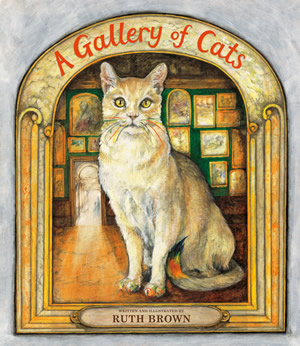
A GALLERY OF CATS, written and illustrated by Ruth Brown and published by Scallywag Press, presents an imaginative story of featuring a child’s visit to an art museum that brings him, and readers, to examine a baker’s dozen of major painters’ iconic works. From the American Jackson Pollock through Frenchman Henri Rousseau, with pages along the way sporting renderings riffing on Klimt, Mondrian, Kahlo, Magritte, van Gogh, Escher, Hokusai, Toulouse-Lautrec, Munch, Morris, and Samuel Palmer, each turn in the gallery and of the page brings us to a new cat in the painter’s feline featuring style. Brown’s collection is both lighthearted and informative, a perfect blending of fantasy and fine arts education.
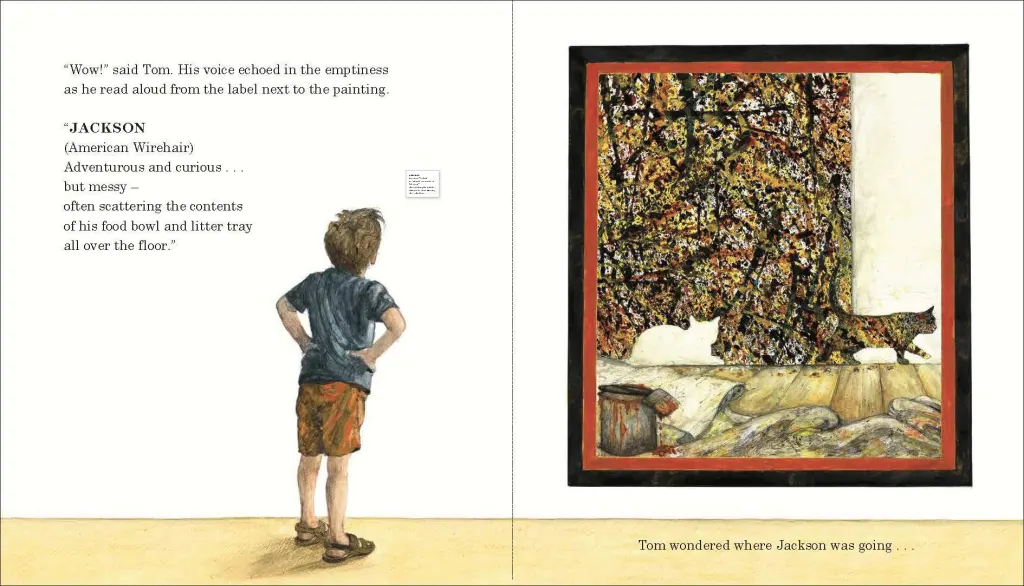
CULTURED DONUTS, written and illustrated by Chloe Tyler and published by Flowerpot Press, offers visual translation of great artists’ styles as a compendium of pastries interpreting each palette, stroke style, choices of subject type, and even favored perspectives…in the medium of doughnuts! Glazed, shaped, cake, yeast-based and fluffy, present on earthenware, in lily ponds, as the detail within a fresco. with accompanying text about each artist’s life, favored subjects, and a note, suitably named “A Delicious Detail,” about an element to seek in each of their works or an important social aspect of their life. Tyler’s illustration work is as expert in mimicry as it is engaging the viewer in art history through humor (and growing hunger).
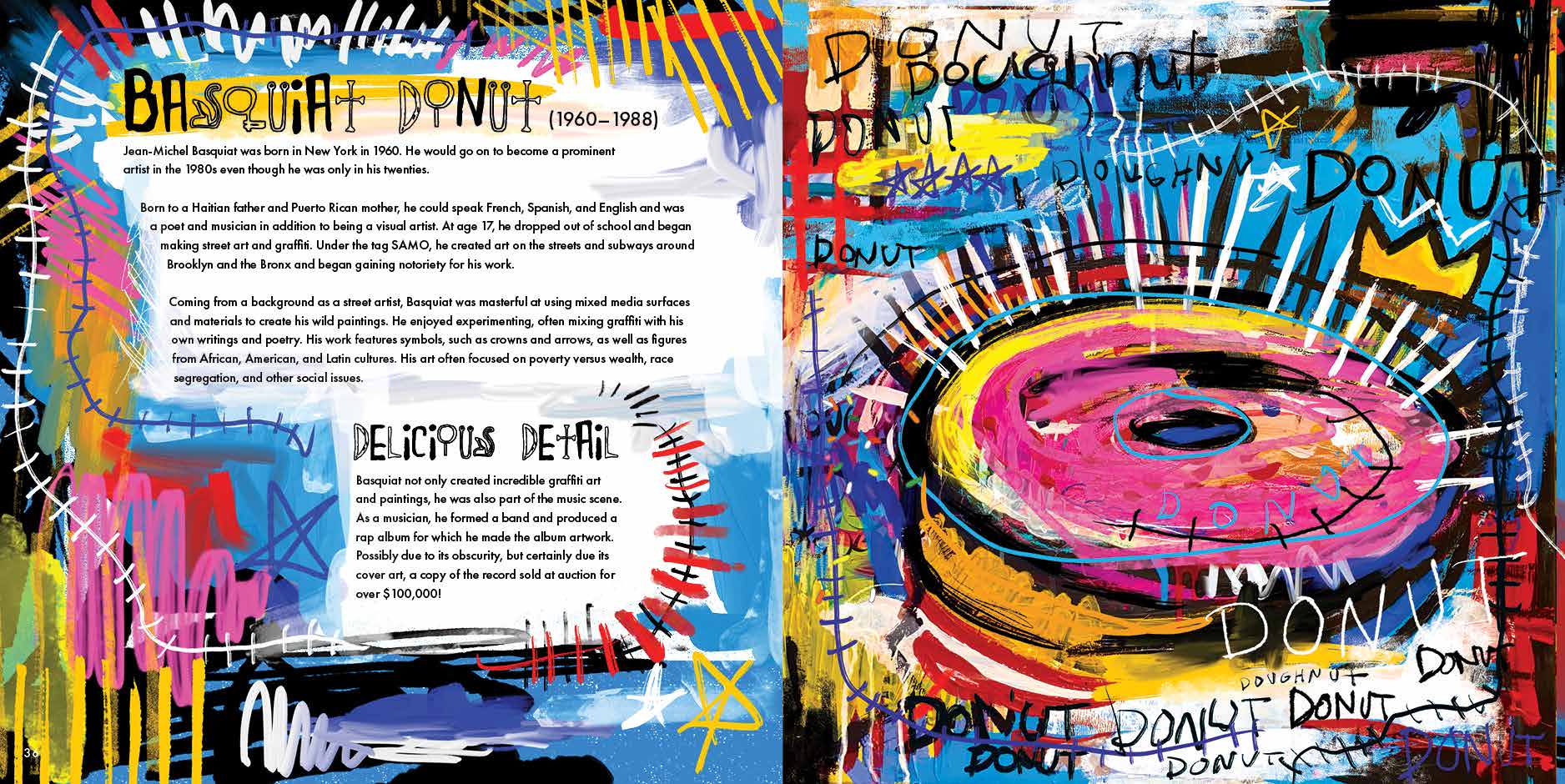
THE ORDINARY LIFE OF JACOMINUS GAINSBOROUGH, written and illustrated by Rébecca Dautremer and published by Post Wave Books, stands as unique in its approach to sharing the nuanced life of its main character from cradle to grave through glorious full page- spread illustrations playing off actual masterpiece paintings interspersed with passages on the interleaving spreads take us on boyhood adventures and misadventures, life at sea, love and marriage, the passage of old friends, and more—all in under 50 pages. And what a glorious tour deforce of a fully lived (and shared) life and a brilliant use of works by internationally renowned painters spanning centuries and stylistic tropes. A few spreads that each show about a dozen small images, as though postcards, stereoscope slides, or a corridor of miniatures in a museum, focus on closeup details of Jacominus or the items relevant to the particular stage of his life. Dautremer shows her great comfort with many “languages”—the history of painting, the use of photography to amplify details of that photographed, and storytelling’s narrative pacing.
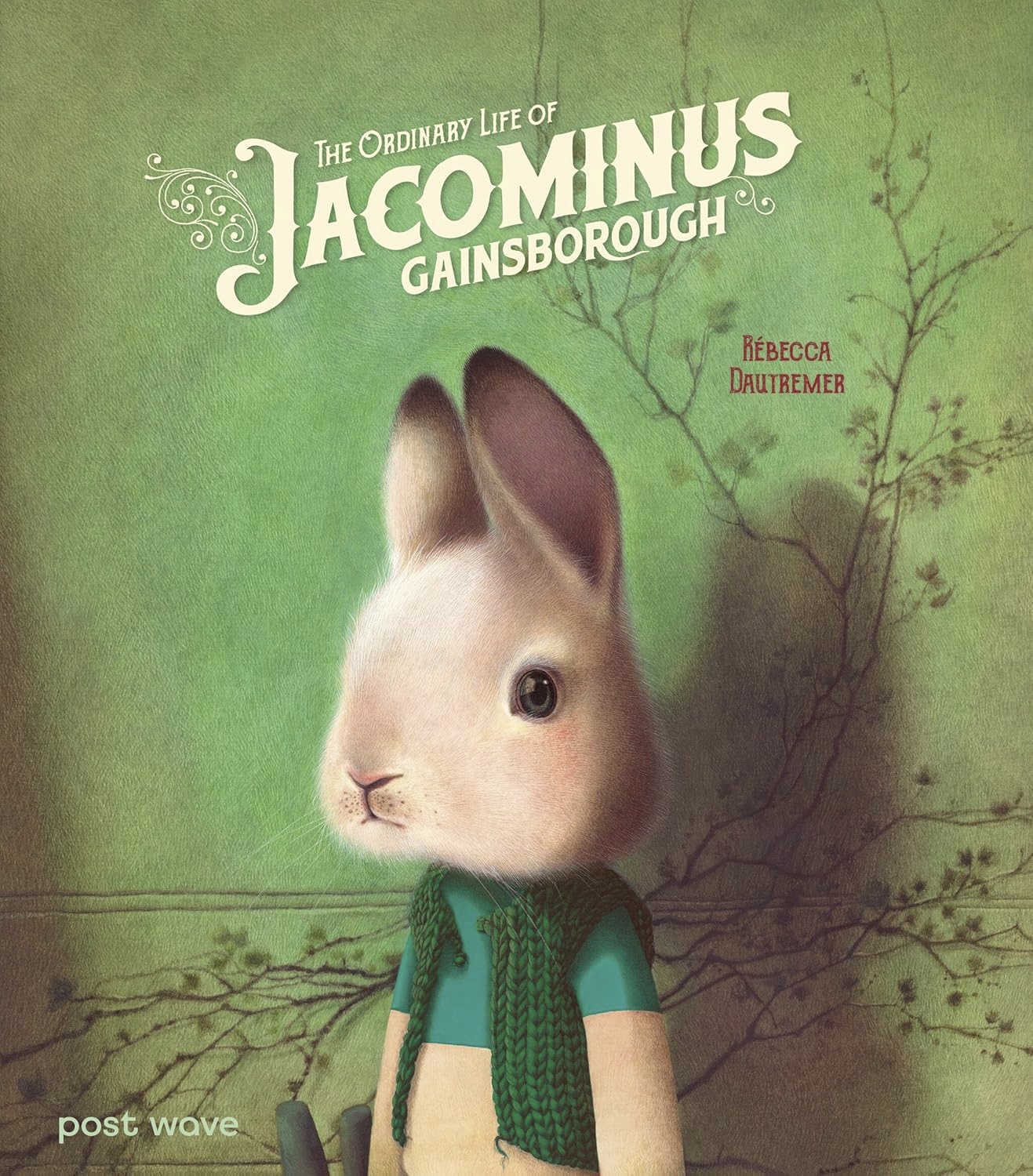
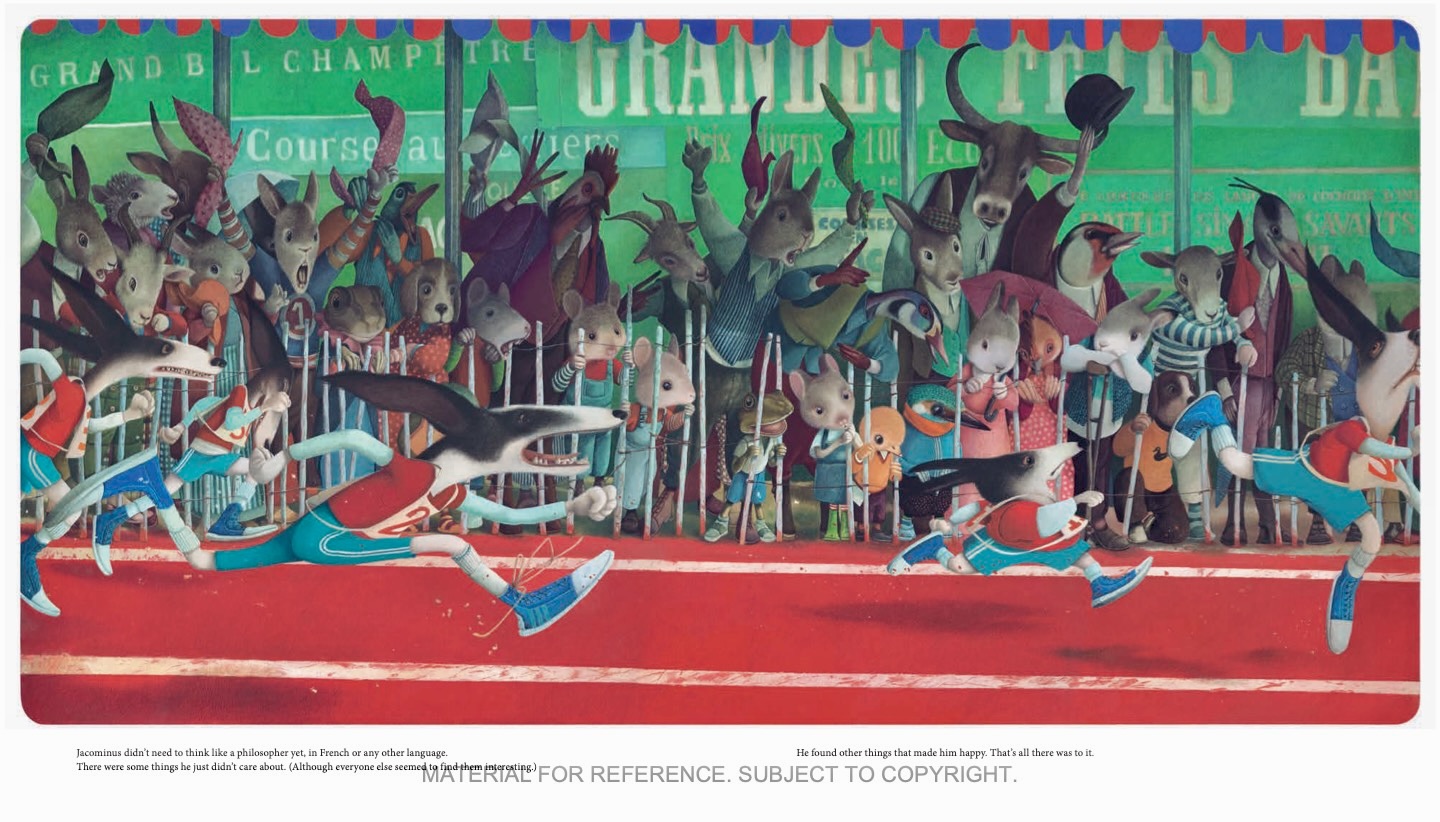
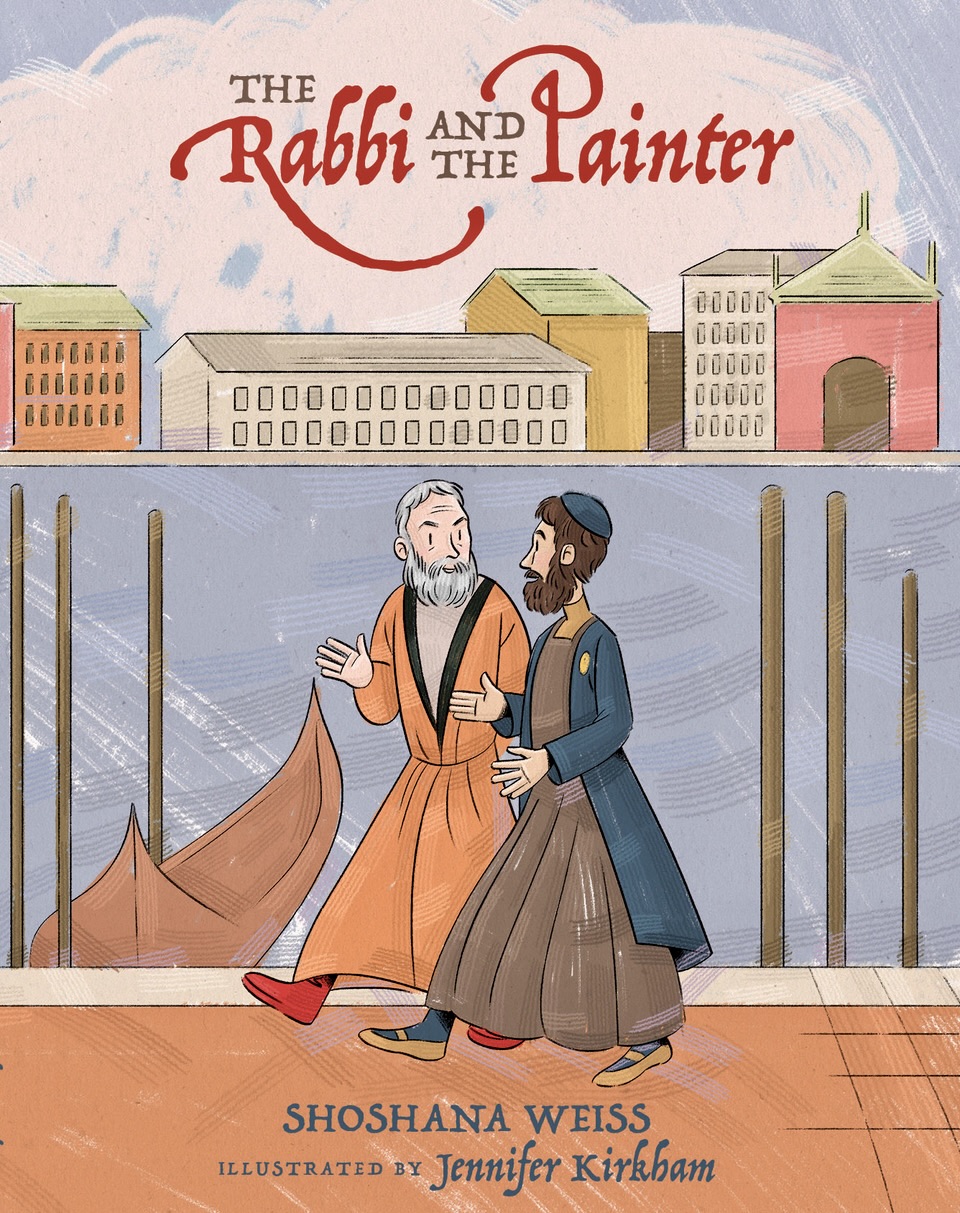
THE RABBI AND THE PAINTER, written by Shoshana Weiss, illustrated by Jennifer Kirkham, and published by Kalaniot Books, offers a possibly-happened story with historical roots in its details. The great Renaissance artist Tintoretto (Jacopo Robusti) and Rabbi Leon of Modena (Rabbi Judah Aryeh) both lived in Venice during the same years and they shared worldviews uncommon at the time. Whether they actually met and informed each others views on interpretation and perspective is unknown in history while Tintoretto’s eschewing of conventional perspective and his use of clay models and furiously paced painting style are facts. Kirkham’s illustrations here show readers how the stylistic and pacing specifics noted in the text were significant to Tintoretto’s reputation both in his own day and in ours.
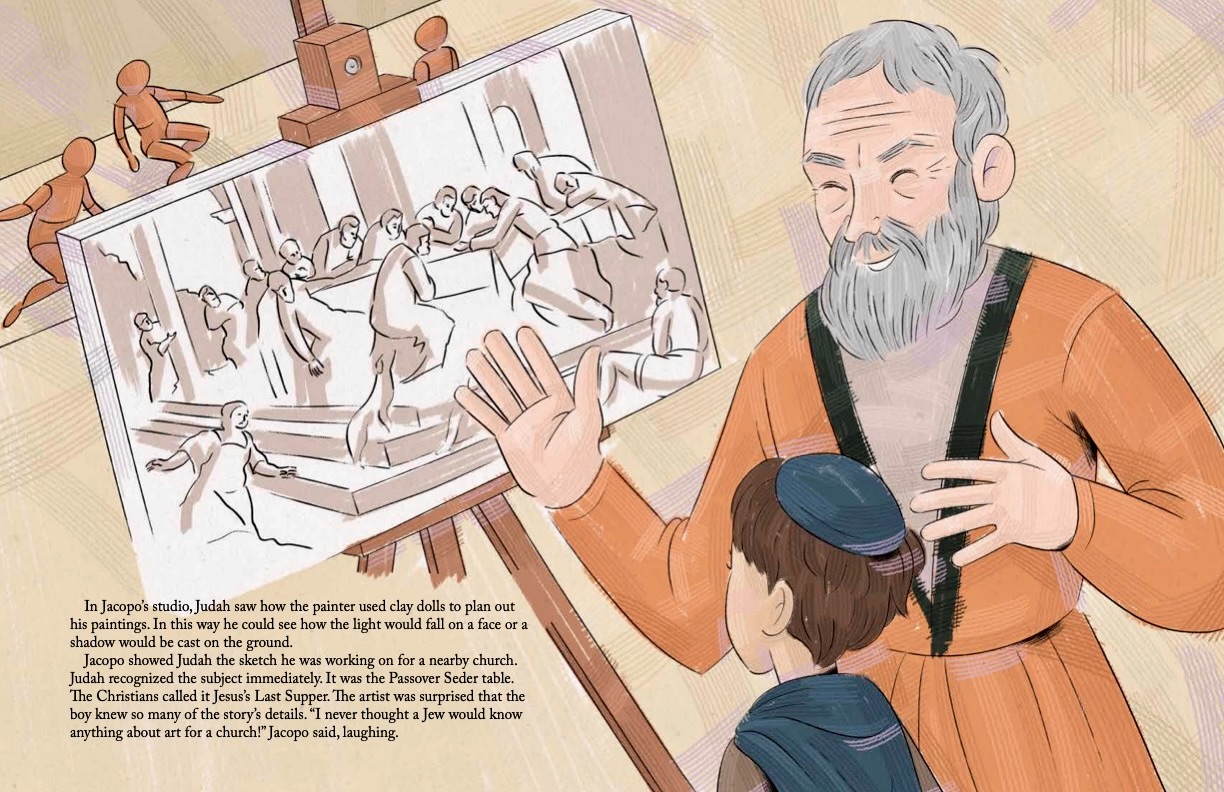
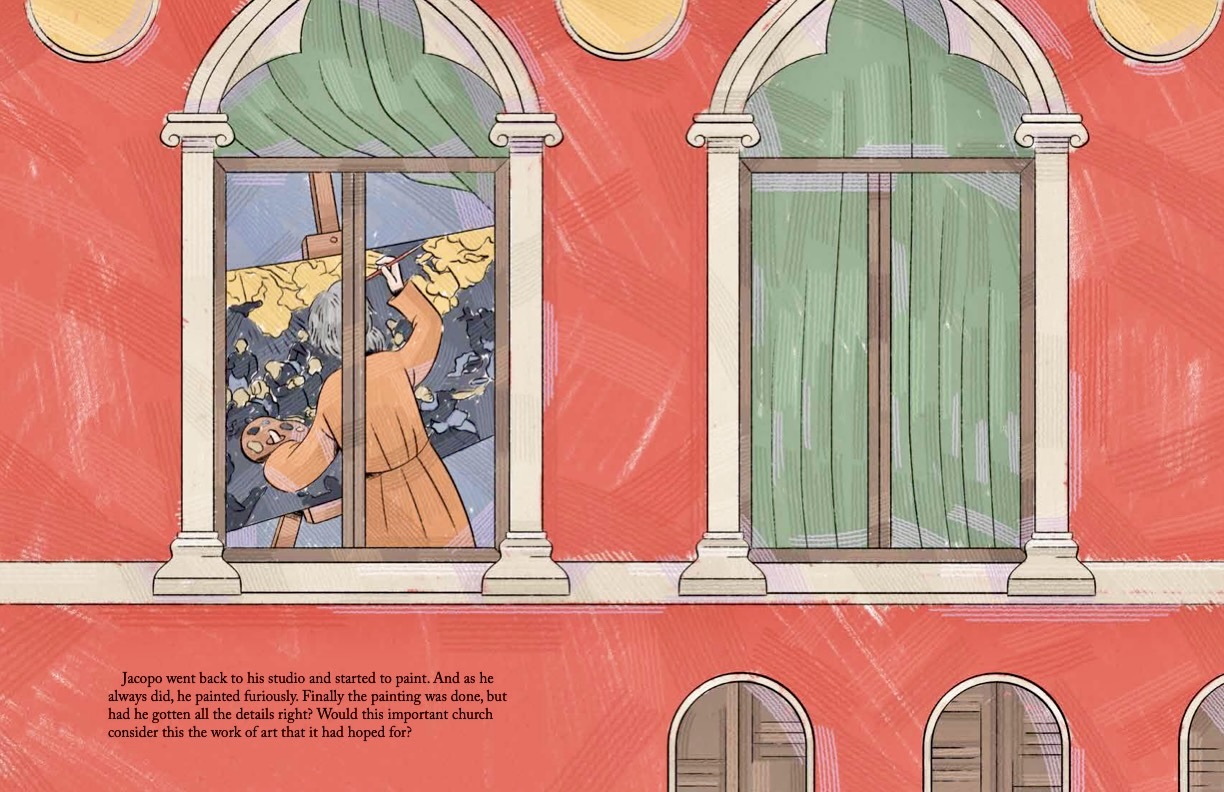
And there is more on the way! DOGS IN ART, written and illustrated by Valeria Aloise, is coming from Helvetiq in Spring 2026. You’ll be able to explore the canine companions and main subjects painters have placed within their works across the past 500 years. Be sure to sniff it!